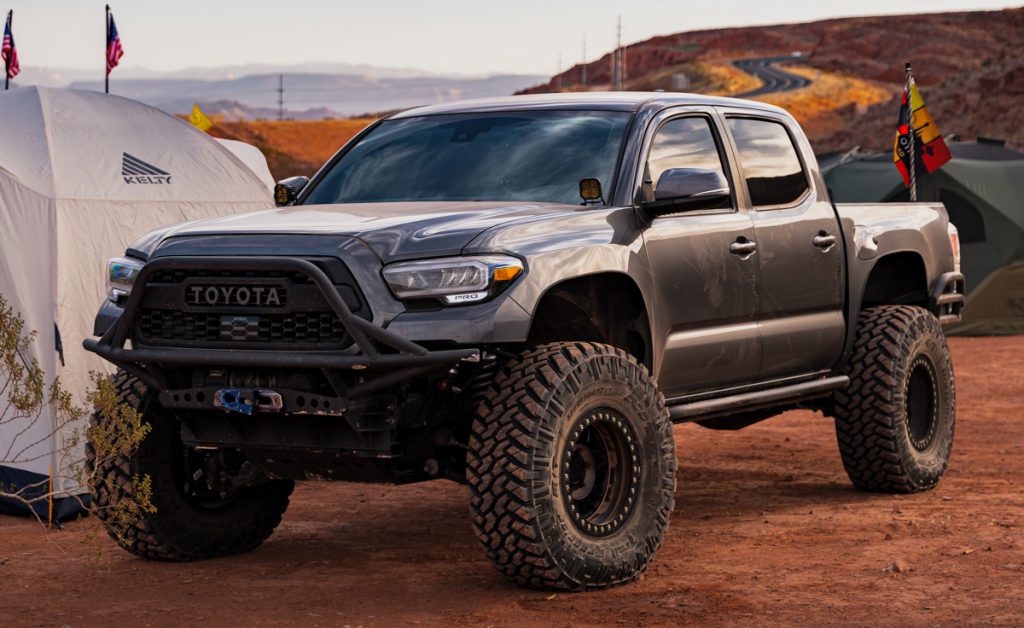
Traction is everything when you’re off the pavement.
Whether you’re climbing rocks, crossing muddy trails, or navigating deep ruts, the ability to keep your wheels moving at the same pace can mean the difference between getting stuck and moving forward through the obstacle. That’s where an electronic locking differential, otherwise call an e-locker, comes in. This is especially important for Tacoma owners who want to push their trucks through tough terrain with confidence.
If your truck came with a factory locker or you’re considering aftermarket options, such as the Eaton E-Locker I’m running on my ruck, understanding how and when to use one can significantly enhance your off-road capabilities.
Find It Online
Table Of Contents
What Is An E-Locker?
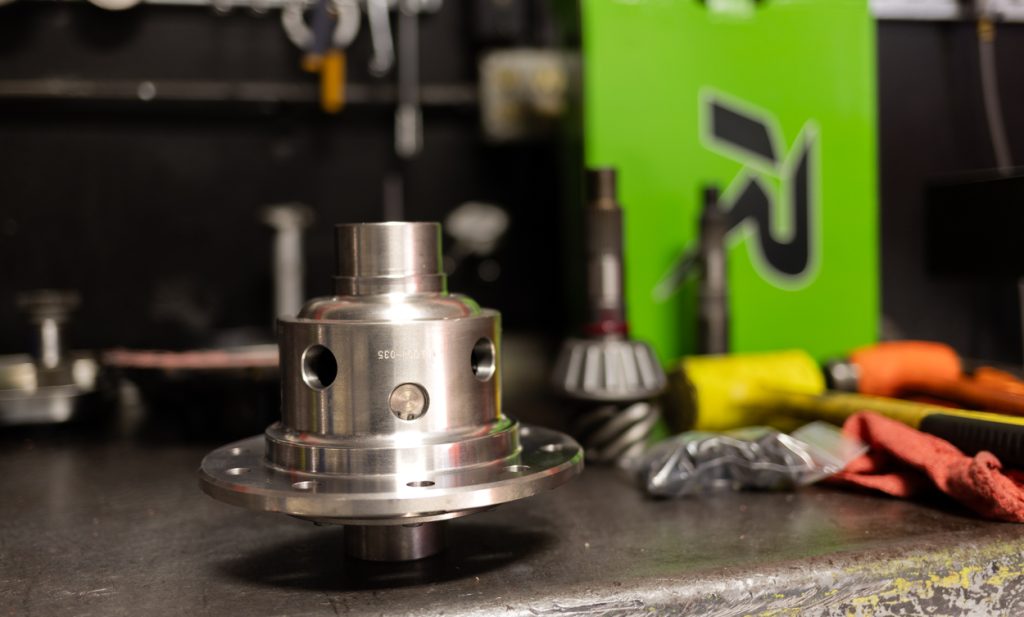
An electronic locking differential (e-locker) is a mechanism inside your axle that can lock both axle shafts/wheels together, forcing them to spin at the same speed. This is crucial in low-traction situations, where an open differential would normally send power to the wheel with the least resistance, often the one that’s slipping and preventing you from getting through.
In contrast to an open differential, which allows wheels to rotate at different speeds (ideal for cornering on pavement and daily driving) or a limited-slip differential, which tries to balance power between both wheels but can still allow one to spin freely, an e-locker creates a mechanical lock between both sides of the axle. This means that equal torque is delivered to both wheels, providing maximum grip when you need it most.
How Does It Work?
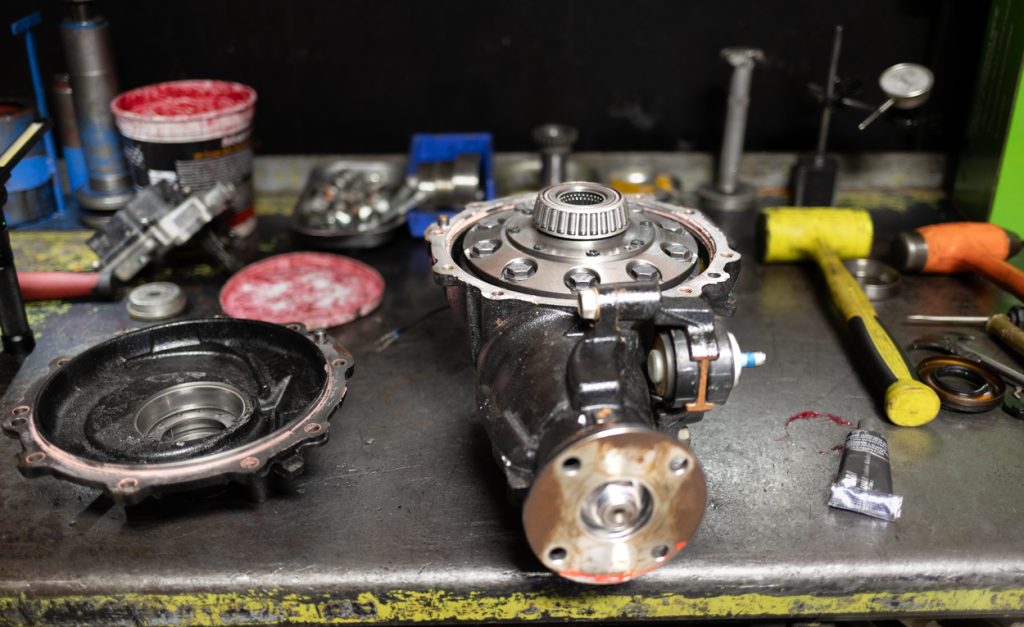
Inside the differential, an electronic actuator engages a set of locking gears that physically connect both axle shafts. When the locker is activated—typically by a switch on your dash or switch panel system, the actuator moves a collar or gear into place, locking the two sides of the differential together.
This system is selectable, meaning it only activates when you choose to engage it. For example, Toyota’s factory e-locker (standard on TRD Off-Road and TRD Pro Tacomas) has a dedicated switch you push when the trail gets tough. Aftermarket options, such as the Eaton E-Locker, work similarly, offering on-demand traction at the press of a button.
E-Locker Vs. Other Locker Types
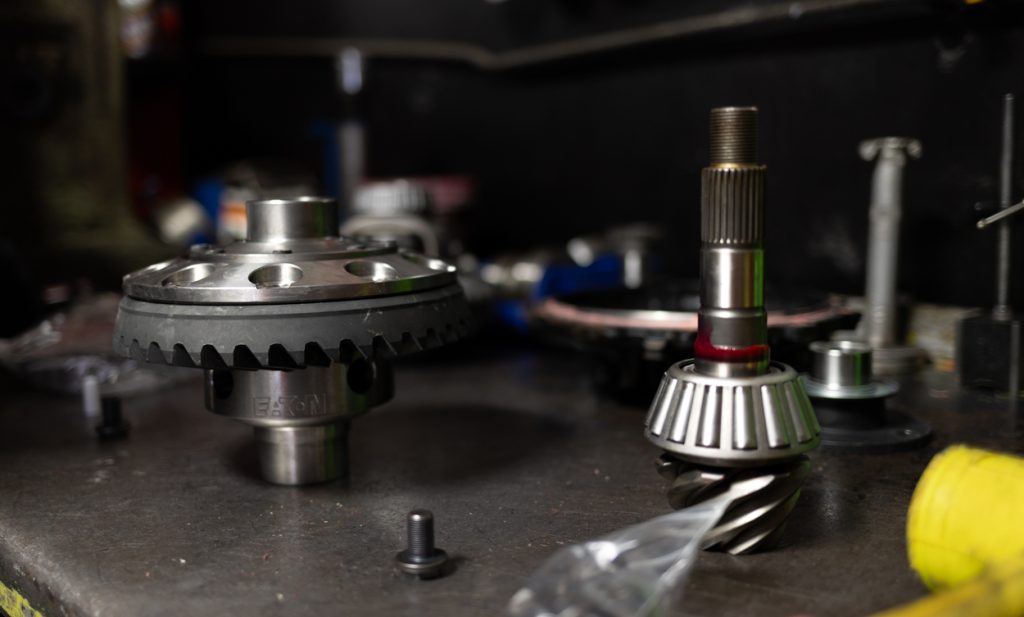
Not all traction aids are created equal. Here’s how they stacks up…
E-Locker vs. Limited-Slip Differential (LSD)
- LSDs provide some traction help by redistributing torque, but they’re passive and can still allow slippage.
- E-lockers provide full locking power, making them ideal for more serious off-road use.
- LSDs are better suited for light off-road or slippery road conditions, while e-lockers shine in aggressive off-road environments.
E-Locker vs. Automatic Lockers (e.g., Detroit Locker)
- Automatic lockers engage without driver input, locking and unlocking as needed.
- E-lockers give you precise control, which can be safer and more predictable on technical trails.
- Automatic lockers can be noisier and more unpredictable on the street.
E-Locker vs. Air Locker (e.g., ARB)
- Air lockers use compressed air to engage the locking mechanism.
- While highly effective, they require a compressor system that adds complexity.
- E-lockers are simpler systems and often more reliable for weekend warriors and daily drivers alike (just look at what Toyota uses).
Factory vs. Aftermarket
If you have a TRD Off-Road or TRD Pro Tacoma, you likely already have a rear e-locker from the factory… great news for off-road capability. But if you own an SR, SR5, or TRD Sport, you’re out of luck unless you upgrade.
That’s where aftermarket choices come in.
These are popular for…
- Non-TRD Tacomas that lack a factory locker.
- Front axle upgrades for those wanting dual lockers.
- Builds that need stronger axles and custom gearing.
Installation Process
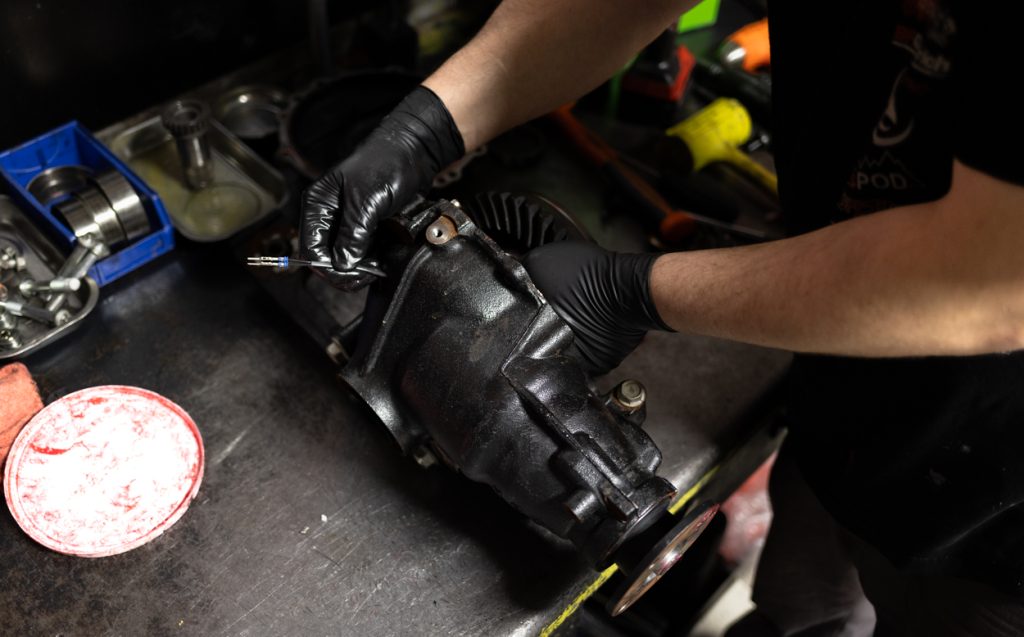
Installation involves opening the differential, replacing the carrier, wiring a switch, and possibly re-gearing. I regeared for bigger tires, so I did my locker at the same time to not have to spend money to remove the front diff twice. It’s not a DIY project for most people and can cost a good amount to install, but the performance gains are undeniable.
For a deeper dive on this process, check out Eaton’s installation instructions here.
When Should You Use One?
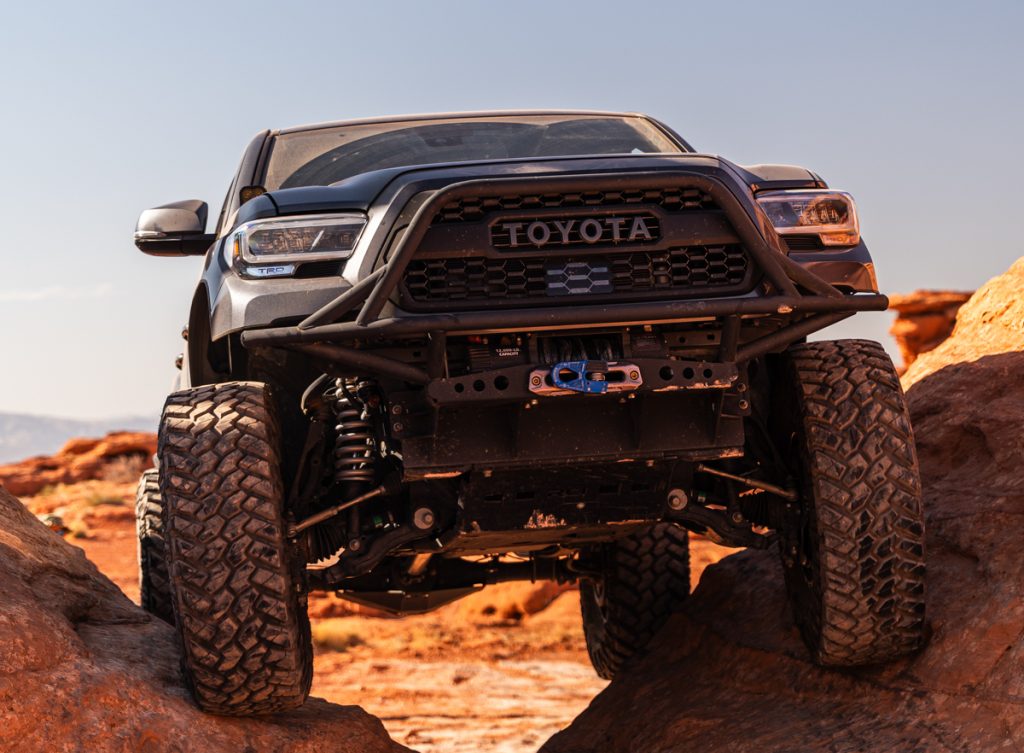
E-lockers are best saved for situations where maximum traction is critical, such as:
- Rock crawling
- Deep sand or mud
- Off-camber trails and uneven terrain
- Climbing steep inclines with loose dirt
Important note: Don’t engage a locker on dry pavement or during tight turns on hard surfaces. Locking both wheels removes the differential’s ability to accommodate different wheel speeds and can cause binding or driveline stress.
Pros & Cons
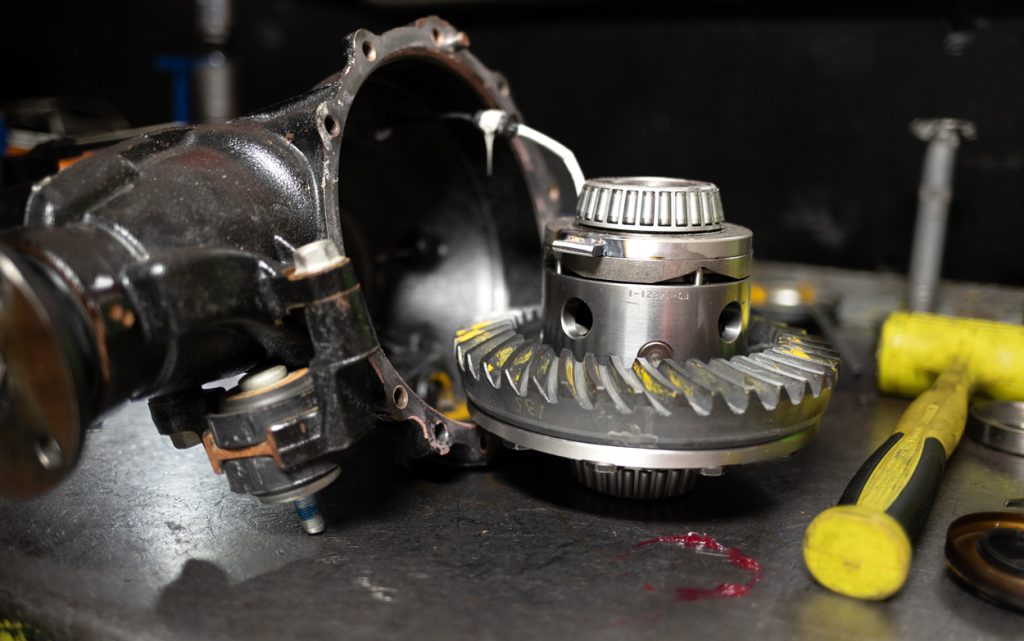
Pros
- On-demand, instant traction at the flip of a switch.
- No need for air systems or complex plumbing.
- Greater driver control over when it’s engaged.
- More reliable and consistent than limited-slip systems.
Cons
- Can increase wear and stress on axles and driveline, you must use it carefully.
- Not always necessary, overuse can cause damage.
- Factory options are limited to rear axles on select trims.
Final Thoughts
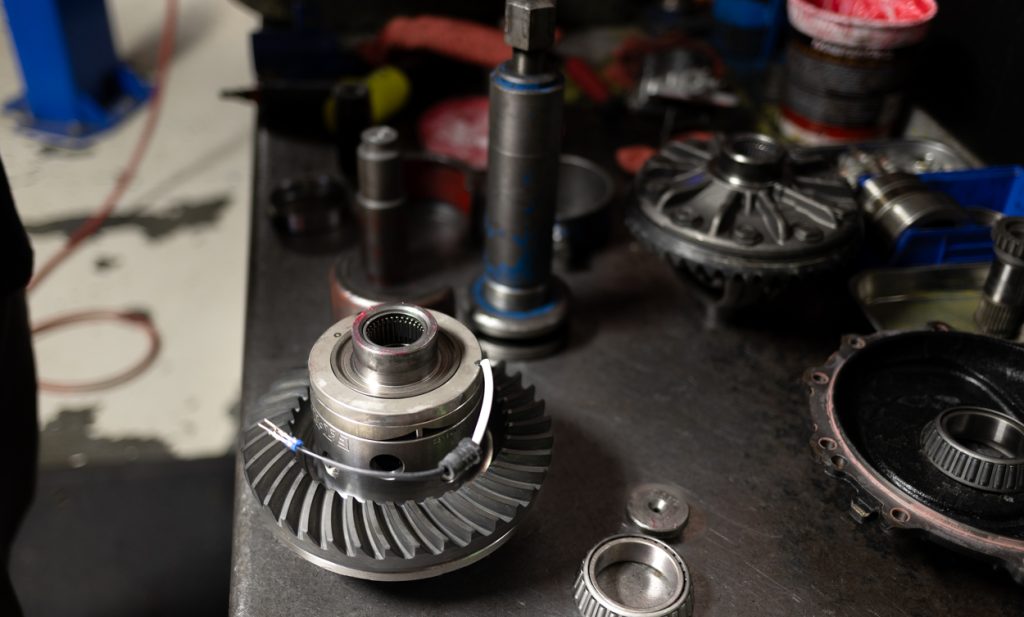
An Eaton E-Locker can transform your Tacoma into a far more capable off-roader, especially if your truck didn’t come equipped with a factory locker. Whether you’re planning a Moab adventure or want the confidence to tackle your local trail system, adding an e-locker is a smart, functional upgrade.
If you already have a factory locker, use it wisely. If not, and you’re serious about off-roading, consider investing in an e-locker. It’s one of the best mods you can make for real-world traction, and your Tacoma will thank you the next time things get rough.


I was always told you needed lockers to do any serious wheeling, but honestly airing down and toyotas ATRAC have gotten me all around Colorado and Utah. It’s always been on my list of upgrades to do, but could never justify the cost. Now that I’ve been wheeling the truck for years, I feel the cost is even less justified!
It depends on how hard you want to wheel. You really start to see a lot of benefits on very technical terrain. The ATRAC is good, but not perfect. Sometimes it can get confused. The front locker just gives you pulling power that the front end lacks in tough terrain to get you over obstacles more easily. Do you NEED it? Not necessarily. Especially if you have a buddy to pull you out or a winch to recover. It’s probably a mod I would try and save for while thinking about regearing to do it all at once.